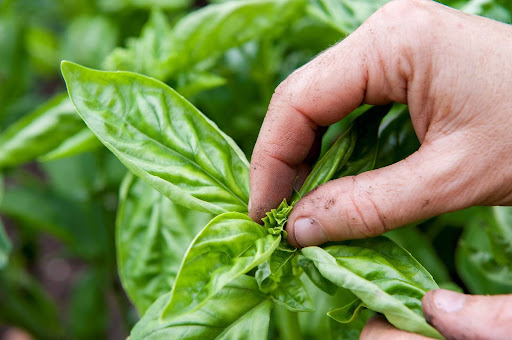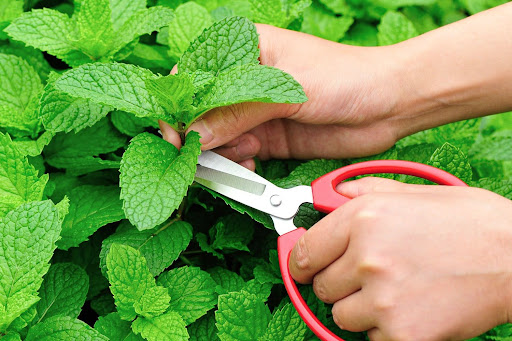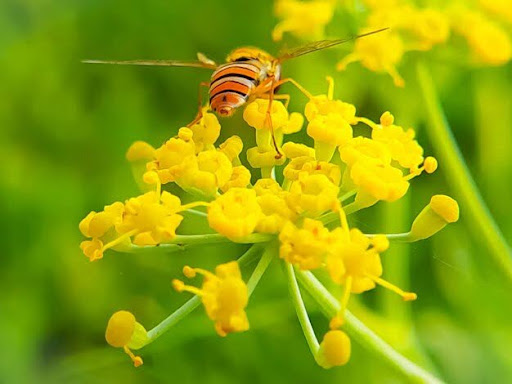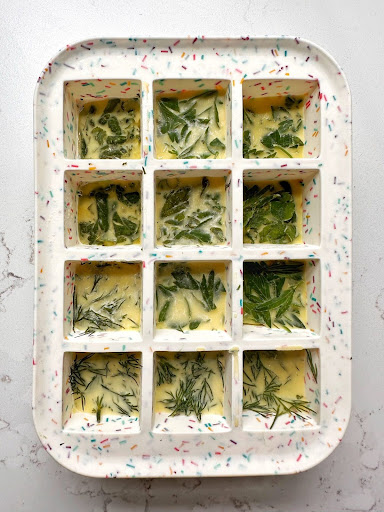Snip Smart: The Secret to Flavorful, Long-Lived Herbs
If you’ve ever had a basil plant bolt too soon, or watched your parsley get spindly and sad by July, you’re not alone. I used to think herbs were just “set it and forget it” garden plants. Turns out, they thrive on attention—the right kind of attention.
And that’s where snipping smart comes in.
Herbs are some of the easiest, most rewarding things to grow on your homestead—whether they’re tucked between tomatoes, thriving in pots on the porch, or cascading from a raised bed. But the real magic comes when you harvest them the right way.
Let’s dig into how to prune, pinch, and snip herbs to keep them flavorful, full, and thriving all season long.
🌿 Why Snipping Matters (More Than You Think)
Before we get into technique, let’s talk about why herb harvesting matters so much.
When you harvest herbs regularly and correctly, you’re doing three things:
- Encouraging bushy growth
Most herbs grow from the tip—and if you let that tip grow unchecked, they get leggy and tall. When you pinch the growing tip, you trigger side shoots—which leads to a fuller plant. - Delaying bolting and flowering
Once herbs flower, most lose flavor and vigor. Regular snipping keeps them in a vegetative state, which means more leaves, more flavor, and a longer season. - Getting peak flavor and oil content
Snipping in the morning or just before flowering means you capture herbs at their most fragrant and flavorful stage.
In short: the more you cut (smartly), the more you get.

✂️ The Golden Rule of Herb Harvesting
Here it is, plain and simple:
Never just pluck a leaf—always cut a stem.
That’s the rule I teach everyone who visits my garden. When you harvest by the stem, you’re not just taking—you’re shaping the plant. You’re encouraging growth from the sides and base, which leads to those big, bushy bundles you see in garden magazines.
🌱 How to Snip Smart – Herb by Herb
Let’s walk through a few of the most popular herbs and how I harvest them to get lush, long-lived growth and big flavor.
Basil
This one’s my baby. I grow a dozen or more basil plants every year—Genovese, lemon, Thai, you name it.
- Wait until the plant has at least 6–8 leaves.
- Pinch the top two sets of leaves just above a leaf node (where two leaves come out sideways).
- Always cut above a pair of leaves, never a bare stem.
- Remove flower buds as soon as you see them.
🌿 Pro Tip: Once you’ve got a robust plant, don’t be shy—harvest a full stem every few days. The more you cut, the more it grows.
Parsley
This one’s a little different.
- Cut stems from the outer edge, close to the base.
- Leave the center alone—that’s where new growth comes from.
- Don’t just snip leaves—take the whole stem.
🌿 Pro Tip: Flat-leaf parsley is stronger in flavor than curly. I use both in the garden, but harvest the same way.
Cilantro
Short-lived, but so worth it.
- Cut outer stems when they’re about 4–6″ tall.
- Snip low, but always leave some foliage to regrow.
- Harvest frequently to delay bolting.
🌿 Pro Tip: Once it bolts, harvest the coriander seeds! Let them dry on the plant, then shake into a paper bag and store for spice or replanting.
Thyme & Oregano
These two are hardy and forgiving.
- Use sharp scissors to clip 3–5″ sprigs above a leaf node.
- Harvest lightly at first, then more heavily once the plant fills out.
- Avoid cutting into the woody base—that can stunt regrowth.
🌿 Pro Tip: Harvest just before flowering for the best oils and flavor. Dry extras for winter soups.
Mint
Mint is a beast (in a good way).
- Cut stems low, just above a leaf node.
- Regular cutting keeps it from flowering and spreading like wildfire.
- Container growing helps contain its enthusiasm.
🌿 Pro Tip: If it gets leggy, cut it back hard—it’ll bounce back in no time.
Chives
So simple, so rewarding.
- Use scissors to snip a handful at a time, about 1–2″ above the soil line.
- Don’t just clip the tops—harvest entire leaves.
- Let some flowers bloom for pollinators, then trim back.
🌿 Pro Tip: Chive blossoms are edible! Toss them into salads for a mild onion flavor and a splash of purple.

🧺 When to Harvest for Best Flavor
Timing matters. Here’s how to make sure your herbs are at their most fragrant and flavorful when you bring them inside:
- Early morning is best—just after dew dries, before the sun heats the oils away.
- Before flowering is ideal, when leaves are loaded with aromatic compounds.
- Every week or two is a good rhythm—don’t wait too long between harvests.
Even if you don’t need the herbs right away, clip them and dry or freeze the extras. The plant will thank you.
🌸 Don’t Let Them Bolt (Unless You Mean To)
Bolting = flowering and going to seed. For many herbs, that’s the beginning of the end for flavor.
To avoid bolting:
- Snip regularly
- Water consistently
- Provide a little shade during heat waves
That said, I do let a few bolt intentionally—cilantro, dill, and basil flowers bring in bees like crazy. Just be intentional about it: leave a couple plants for pollinators, and keep the rest trimmed for kitchen use.

🧊 How to Preserve Your Herb Harvest
Even when you snip smart, there may come a day when you’ve got too much. A good problem, but still—let’s not let any of that green gold go to waste.
Here’s how I stash mine:
- Pesto & chimichurri – Blend and freeze in portions.
- Drying – Bundle herbs like oregano, thyme, and sage; hang upside down until crispy. Strip leaves and store in airtight jars.
- Freezing – Chop herbs and pack into ice cube trays with a little water or olive oil. Great for soups and sautés.
- Herb butters – Mix soft herbs into butter, roll into a log, and freeze. Instant flavor bombs.
- Pesto & chimichurri – Blend and freeze in portions.

Final Thoughts from My Garden Gate
Learning to snip smart completely transformed my herb garden. It turned scraggly little pots into lush, generous plants that just kept giving. It made my meals brighter, my garden neater, and my summer evenings smell like heaven.
So go outside with your snips or scissors today. Don’t just admire your herbs—harvest them boldly and wisely. Pinch with purpose. Snip for abundance. And let your garden (and your kitchen) overflow with flavor.
You’ve got this, friend. 💚
—Susan

